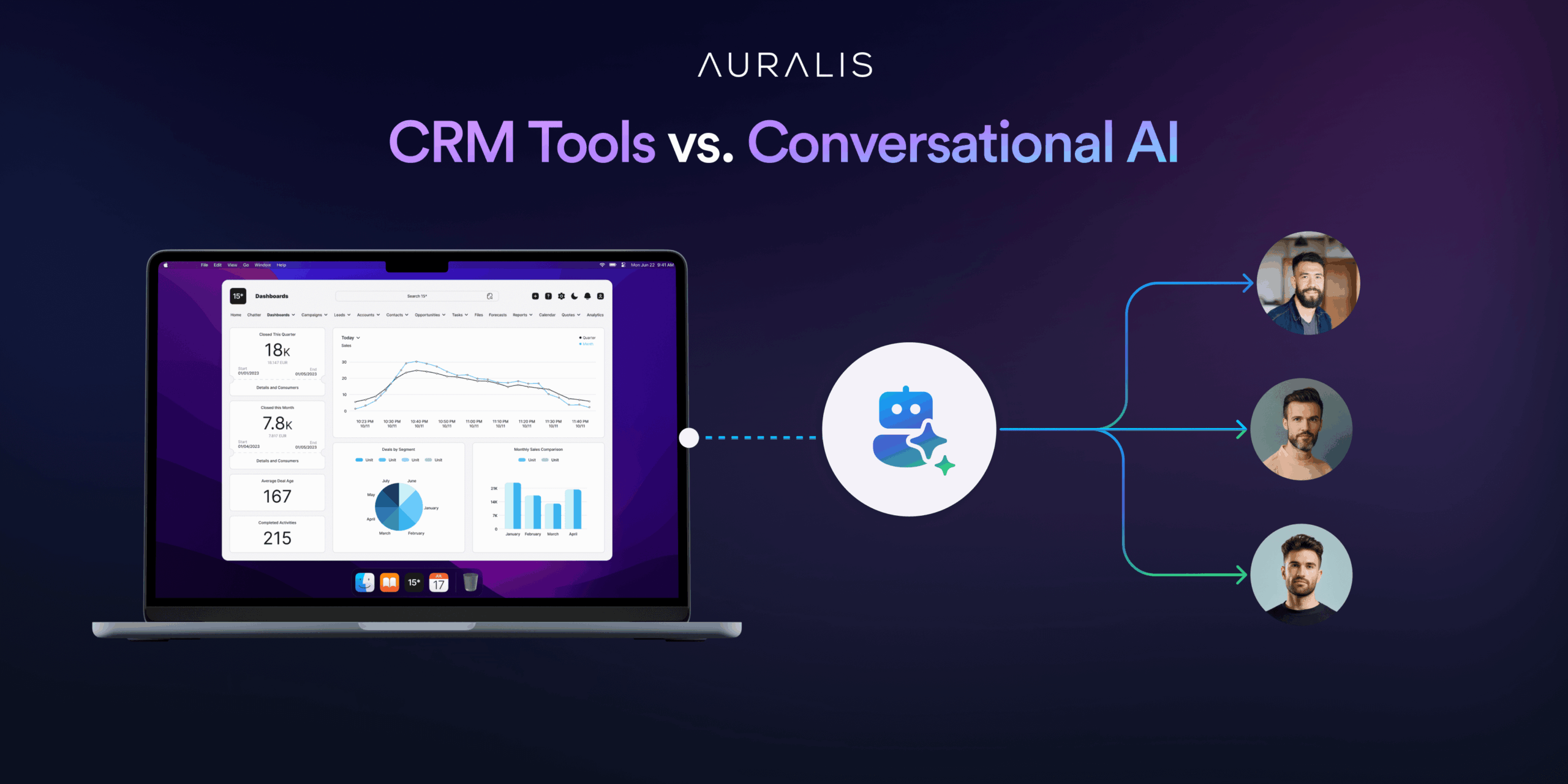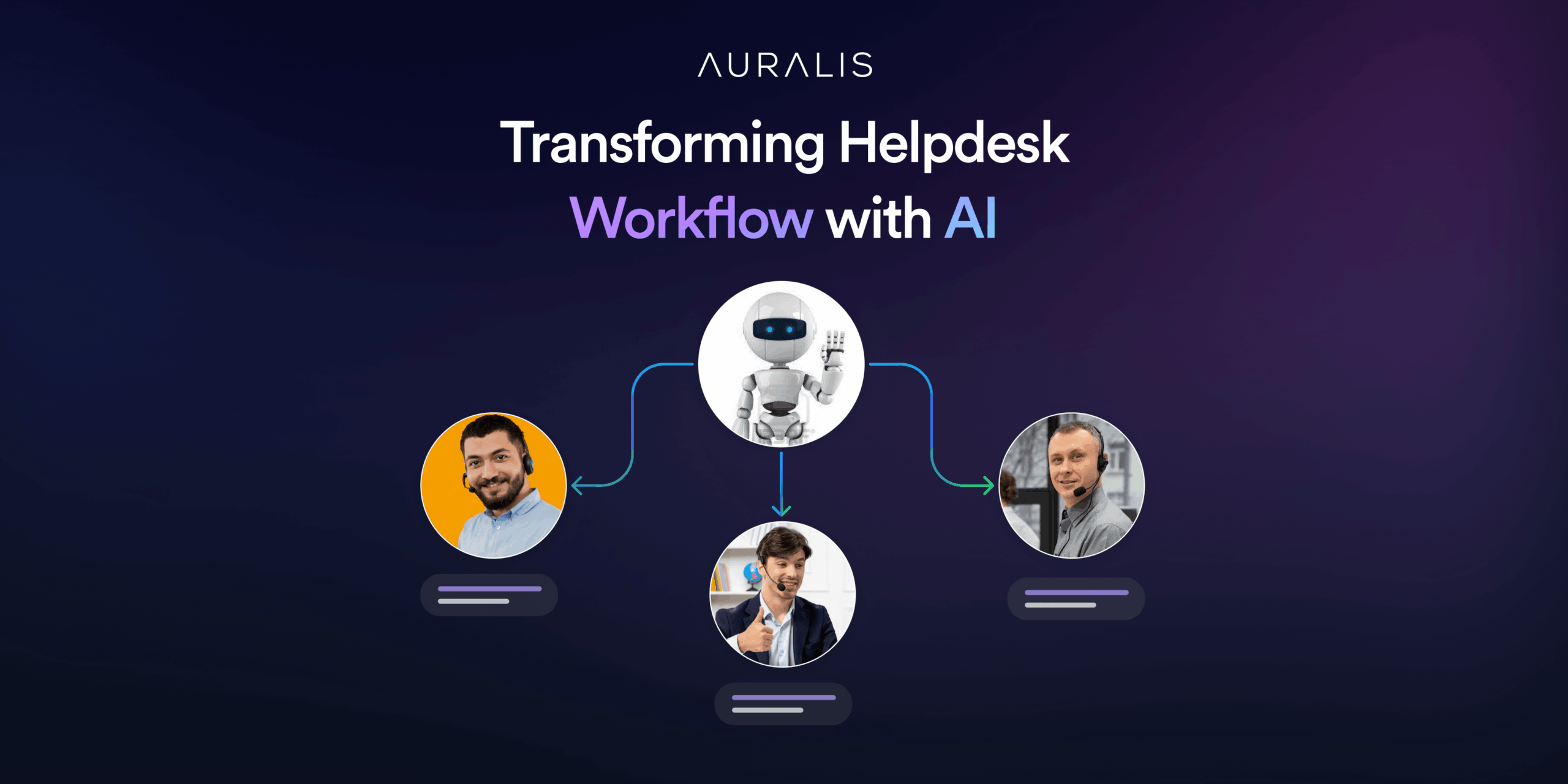Customer expectations from support are increasing and becoming more complex by the day. This has made managing customer support costs a common challenge for fast-scaling businesses – especially when maintaining the quality of service is crucial for their growth.
In this post, we’re sharing how businesses can optimize their customer support costs for higher returns.
Table of Contents
What does customer support cost include?
Before we go into how to reduce customer service costs, let’s take a quick look at the key factors it includes:
- Labor costs – Salaries and benefits of human support agents. This represents a significant portion of customer support costs. The more agents you need, the higher the expenses.
- Training and development – New agents require comprehensive training using the systems and handling conversations. This can be time-consuming and costly, especially when you need to create continual processes to keep them updated with new tools, policies, and products/ services.
- Technology and infrastructure – Setting up proactive customer support requires a range of software. This can include a customer support automation tool, CRM, helpdesk, knowledge base, and others. The subscription costs and IT maintenance adds to the overall expenses.
- Outsourcing and vendor contracts – If scaling support requires you to outsource some parts of customer service, you may incur additional costs based on service-level agreements and contracts.
- Administrative and overhead costs – Overhead expenses such as an office space with all utilities, and administrative support also add to the cost of running a customer service department.
- Customer retention efforts – Support often requires offering discounts, refunds, or rewards to retain customers based on conversations. This also gets accounted for in support costs.
Common challenges in managing customer support costs
Customer service costs tend to increase over a period of time when handled traditionally. Here’s why:
- Rising customer expectations – Customers expect almost instant and personalized responses. This often requires an increase in support staff or the implementation of advanced technologies to automate the process.
- Increasing support volumes – As your business grows, the number of support requests may increase. Seasonal spikes or new launches can further lead to surges that require hiring, additional overtime from existing staff, or even outsourcing support functions.
- Complexity of queries – Depending on the industry you’re in, customer inquiries can often be complex. This leads to longer handling times and increased training requirements.
- Agent turnovers – Customer service roles tend to see high turnover rates. This requires the business to continually hire and train new agents, which can be time-intensive and costly.
- New support channels – With the number of customer touchpoints increasing by the day, companies need to expand their support services. The cost of managing customer service across phone, email, social media, chat, and messaging apps can often surpass the allocated budgets.
- Inefficient processes and tools – Outdated workflows and systems can lead to inefficient management of customer queries. This results in increased time to resolve queries, impacting both human resources and costs.
How to reduce customer support costs without compromising on service quality?
Here are some ways in which we are seeing businesses and organizations using Auralis AI optimize their customer support costs:
1. Set up chatbots for repetitive tasks
The very first thing you want to do is set up chatbots for customer support. Your human agents should not be handling repetitive tasks that follow a standard process/ workflow. AI-powered chatbots can process natural language, making even these interactions feel more human-like.
For example, account password resets, order status tracking, billing requests, and similar queries.
2. Offer agent assistance with AI co-pilots
There can be instances wherein your human agents will need to provide support to customers. While they may not be able to use end-to-end automation for some queries, they can use AI to do the heavy lifting.
For example, traditionally it takes human agents at least a few minutes to understand the customer query and then sift through documentation to find the right resources to resolve it. But with AI co-pilots analyze conversations in real-time and suggest the right resources as well as responses to the agent. This cuts short the time it takes for them to find references and reach the point of resolution.
3. Create custom automated workflows
Most customer support automation tools come with set templates. While they’re great for setting up standardized processes, we recommend creating custom workflows for the others. Solutions like Auralis AI can help you create advanced and customized support and service workflows that are deeply integrated for cross-department collaboration.
For example, when an e-commerce store sees a request for a refund/ return. A standardized automation will gather the required information from the customers and process the request. But with an advanced workflow, you can use AI co-pilots to recover the sale – instead of a full return/ refund, the workflow can be designed to offer in-store rewards or send product recommendations that better suit their needs.
4. Automate the routine tasks
Customer support teams spend a considerable amount of time on administrative tasks. This includes updating or creating logs, ticket routing, status updates or even sending up follow-up messages.
We recommend automating these routine tasks with defined workflows. This ensures that while the queries are getting handled with chatbots, AI co-pilots or human agents, the remainder of your processes are also getting handled in tandem.
Also read: Automate Repetitive Support Tasks with Custom AI Agents
5. Implement a self-service portal and knowledge base
Depending on your target demographic, you may notice that most customers tend to seek solutions on their own. Enable them by setting up self-service options like creating an extensive knowledge base of all the resources they may need.
This includes your FAQ section, how-to guides, troubleshooting processes, and video guides. You can additionally link them to resources on your blog or case studies to learn more about using the product/ service.
6. Use AI for sentiment analysis and prioritization
During peak periods, it can become difficult for customer support teams to manage queries. This is where AI can help with real-time analysis of conversations to prioritize the tickets – based on value of customer, sentiment, query type, and business impact.
The ability to categorize tickets in real-time gives agents a direction in which they need to handle the requests. They can also use these insights from AI to trigger automated workflows for simple queries while they handle complex ones.
Also read: Best Practices for Implementing AI-Powered Support Automation
7. Consolidate your tech stack
We’ve seen companies use multiple tools and technologies to enable their customer support. Instead, you should be streamlining the tech stack by consolidating tools. Apart from saving on subscription costs, this reduces the need for agents to switch from one platform to another while handling conversations.
It’s also recommended to use AI customer support tools that can integrate with your tech stack – CRM, knowledge base, service desk, marketing and analytics tools, etc. This reduces data silos and ensures complete visibility across processes and conversations, enabling collaboration.
Also read: Why and How to Integrate Your CRM System and AI Chatbots
8. Outsource parts of customer service
Another way to make customer support more cost-effective is to outsource some parts of it. For example, after-hours support or to handle the seasonal spikes in customer requests. This gives businesses the ability to scale their customer support up/ down based on their current requirements, helping manage resources more effectively.
When outsourcing, choose reputable vendors and create a learning curve for them to understand your customers, processes, products, and services.
9. Create customer feedback loops
A lot of recurring costs occur owing to repeated gaps in the customer support workflows. Collect and analyze customer feedback at regular intervals to identify recurring issues and address them proactively.
Auralis AI actively monitors the efficiency and effectiveness of your customer support automation. It helps you analyze the overall sentiment of customers, iQS CSAT, and other key metrics with out-of-the-box reporting that helps you optimize the process for positive outcomes.
10. Upskill agents to handle complex queries
It’s also important to continually train human agents to handle complex issues while making the most of AI tools. This reduces the likelihood of repeat calls and escalations, which lowers the amount of time they spend resolving issues.
Conclusion
Reducing customer support and service costs without compromising on quality requires following a more strategic approach.
While leveraging AI and automation tools like Auralis AI can help optimize processes for efficiency and effectiveness, the key is to think through the entire customer journey. When you proactively anticipate where they may need your assistance, you can set up support measures that address their questions before they become queries.


 8 min read
8 min read 

